Eight SAS Missions
(That we know about)
The Special Air Service (SAS) was founded by Colonel David Stirling in 1941 as a regiment of the British Army. They were originally a commando force operating behind Axis lines to sabotage transportation and communications, as well as provide support for Allied troops.
In 1951, they became a special unit for gathering intelligence, engaging in covert operations, combating terrorism, rescuing hostages, and other things that the government would probably never admit to. A secret organization, their existence became public knowledge in 1980 because of the Iranian Embassy. They were so impressive that other countries decided to set up their own versions of the SAS.
1. Egyptian Air Field Raids: 1942
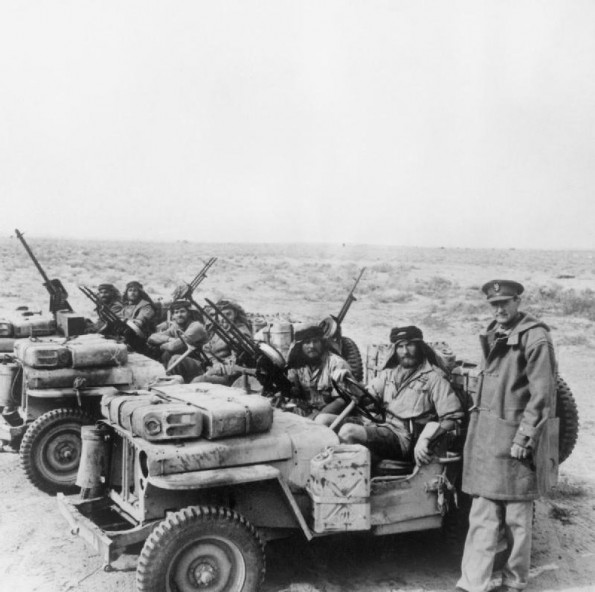
Taken on 18 January 1943, Colonel David Stirling greets a returning SAS jeep patrol
Using American Bantam Jeeps, the SAS attacked five Axis-controlled airfields in Egypt from July 7 to 8, causing the most damage to the one at Bagush. The most successful attacks happened from July 26 to 27, when they hit four more airstrips, including Sidi Haneish and Tamet.
Using the new Lewes bomb (a hand-held explosive and incendiary) over 20 planes at Sidi Haneish were destroyed, with the SAS suffering only one casualty. None of the SAS died at Tamet, but they didn’t have enough bombs to destroy the last plane, so Lieutenant Robert Maynel destroyed the cockpit with his bare hands.
Within 15 months, the SAS destroyed over 250 planes, prompting the Germans to call Stirling the Phantom Major.
2. Malayan Emergency: 1948
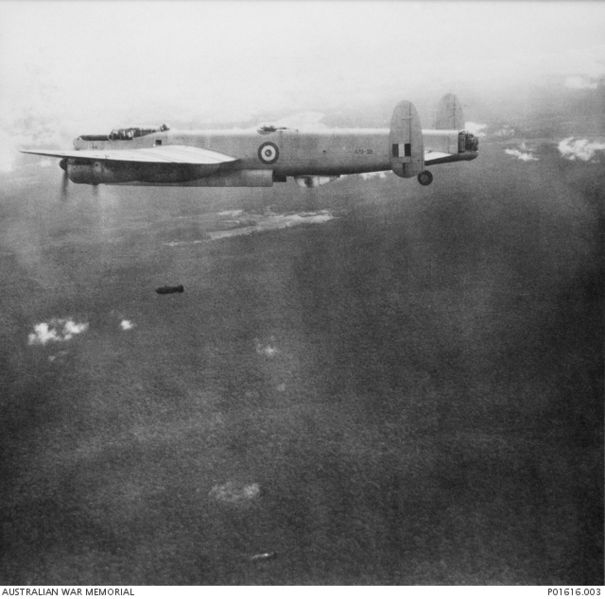
A 1950 photo of an Australian Avro Lincoln bomber dropping 500lb bombs
on communist insurgents in the Malayan jungle
To rebuild its shattered economy, Britain demanded more of its colonies, forcing many independence movements to become militant. With support from the Soviets, Malayan communist groups fought back. Britain’s response was to call in the army, but that wasn’t enough, so the SAS, disbanded after WWII, was reestablished.
Since much of the fighting took place in the jungles where tin mines and rubber plantations (Malaya’s main source of wealth) were located, small SAS squads were deployed there. Many befriended the locals so they could help engage in search and destroy missions against the insurgents.
They also provided ground support for the Air Force which used Agent Orange (a defoliant) for the first time. Though the insurgency failed, Britain lost Malaya, anyway.
3. Assault on Jebel Akhdar: 1957
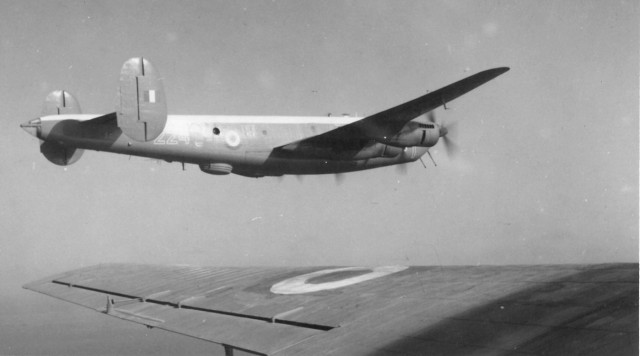
A Shackleton belonging to 224 Squadron flying in formation
near Masirah during the Jebel Akhdar campaign
Britain created an alliance with Oman in the 18th century, so when rebels took over three forts on Mt. Jebel Akhdar in 1957, Oman called for help.
Since the British were supposed to be leaving Oman, they sent 64 SAS men instead. On January 26, every member of D Squadron walked up 7,000 feet of uphill terrain carrying some 119lbs of equipment, which caused some to faint from exhaustion.
A rebel sniper hit a grenade in one of the SAS men’s pack, killing two and injuring another. The forts of Saiq and Bani Habib were taken. But Jebel Akhdar took longer.
After making feint operations against outlying positions on the north side of the Jebel Akhdar, they scaled the southern face of the Jebel at night, taking the rebels by surprise. Supplies were parachuted to them once they reached the plateau, which may have misled some of the rebels into thinking that this was an assault by paratroops.
There was little further fighting. Talib and his fighters either melted back into the local population or fled to Saudi Arabia. Imam Ghalib went into exile in Saudi Arabia.
4. Indonesia-Malaysia Confrontation
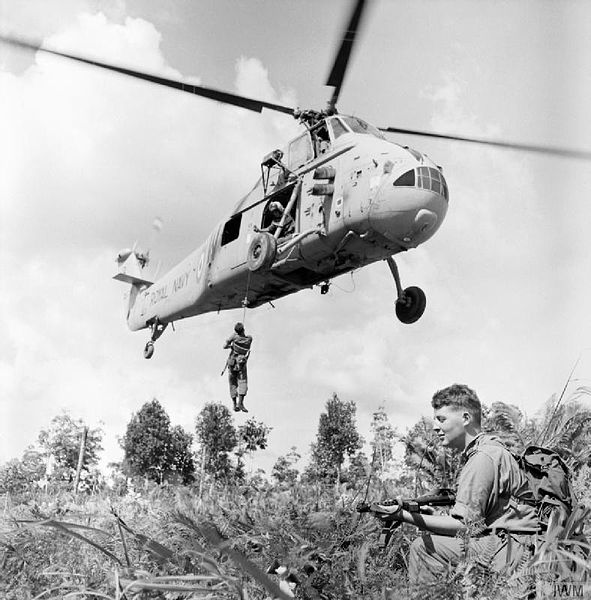
Taken in August 1964 during the Indonesian Confrontation,
a British soldier is winched aboard a Westland Wessex HAS3 of 845 Naval Air Squadron
In 1961, the British and Malayan governments agreed to create a federation called Malaysia, which included Brunei, North Borneo, Sarawak, and Singapore. Some within the areas to be absorbed weren’t happy about it and a rebellion broke out on 8 December 1962.
Though quickly suppressed, it encouraged Indonesia to send in troops to conduct raids and encourage further insurrections. The SAS were sent to the jungles to befriend the tribes people and get their help in securing the borders.
Indonesia stepped up its invasion, forcing the SAS to cross over and bring the war to them. Aided by the military and air support, the SAS caused havoc, which resulted in a coup that ousted Indonesian President Sukarno. On 3 September 1966, the war ended.
5. Lufthansa Flight 181
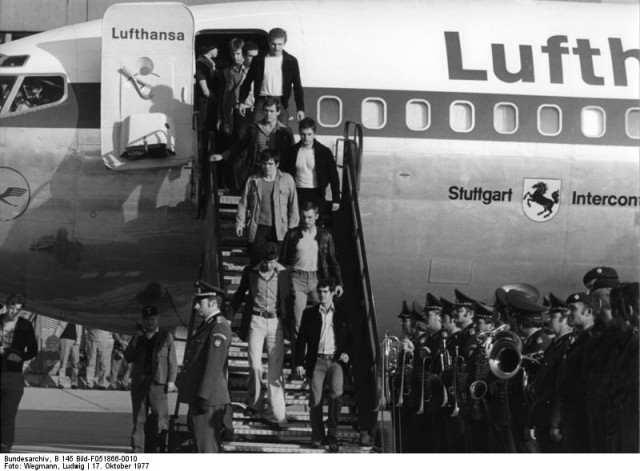
The Lufthansa plane on 18 October 1977 after the rescue.
Disembarking are the freed hostages and members of the GSG-9 team
On 13 October 1977, four Palestinian terrorists hijacked Lufthansa Flight 181. They demanded the release of their comrades held in Germany and Turkey, as well as $15 million in ransom. They also ordered the plane to fly to various countries, including Aden, where the captain was shot, forcing the co-pilot to fly on to Mogadishu, Somalia alone.
Following them was an elite German anti-terrorist unit, the GSG-9, and two men from SAS. When the plane landed at Mogadishu, it was stormed by the unit who blew in the emergency doors and opened fire. Three terrorists were killed, one was captured, while four hostages and one GSG-9 man was hurt.
The dramatic rescue operation is also called Operation Feuerzauber, which means Fire Magic.
6. Iranian Embassy Siege
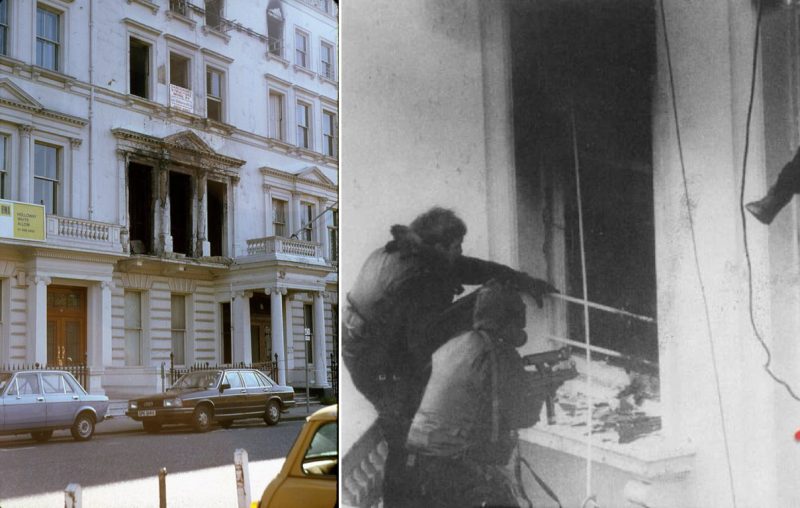
Members of the SAS entering the Iranian embassy
On 30 April 1980, six Arab-Iranians stormed the Iranian Embassy in London, calling for the independence of Khūzestān Province from Iran. They took 26 people hostage, wanted safe passage out of Britain, and made other demands. By the sixth day, they became more agitated as their requirements were not met, so they shot one hostage and threw his body onto the street.
The SAS stepped in and broke into the embassy, using CS gas and stun grenades to clear their way. They killed five of the terrorists and took the sixth alive. The rescue involved some 30 to 35 SAS members and took only 17 minutes.
Also called Operation Nimrod, this incident would bring the SAS to the spotlight and make them a matter of public knowledge.
7. Pebble Island Raid
In 1982, Argentina invaded the Falklands and established an airstrip on Pebble Island for FMA IA 58 Pucará light ground attack aircraft and T-34 Mentors. These could compromise British operations to take back the islands, so the SAS were sent to neutralize them.
On May 14, 45 members of the D Squadron were flown by helicopters some 3.7 miles from the airstrip. Armed with L16 81mm Mortar bombs, Rocket 66mm HEAT L1A1 Light Anti-tank Weapons, M-16 rifles, and M203 grenade launchers, they attacked the planes, fuel stores, and ammunition dump.
They destroyed six Pucarás, four Turbo Mentors, and a Short SC 7 Skyvan utility transport plane, with only some injuries to themselves and one Argentine casualty. It was over the next day.
8. Sierra Leone Hostage Rescue
On 25 August 2000, 11 members of the 1st Royal Irish Regiment were in Sierra Leone as part of a UN peacekeeping mission when they were taken hostage by The West Side Boys rebel group. Five were released, but when negotiations soured, the rebels threatened to kill the rest.
The SAS and the Special Boat Service (SBS) took inflatable boats to get near the rebel camp and observed the situation. They attacked on September 10 supported by two Chinook helicopters, three Lynx helicopters, and an Mi-24 Hind gunship. Paratroopers from the Parachute Regiment attacked a neighboring camp to keep them from helping their comrades.
Also called Operation Barras, there was only one SAS casualty, but all the hostages were freed.
Sourced from War History on line
